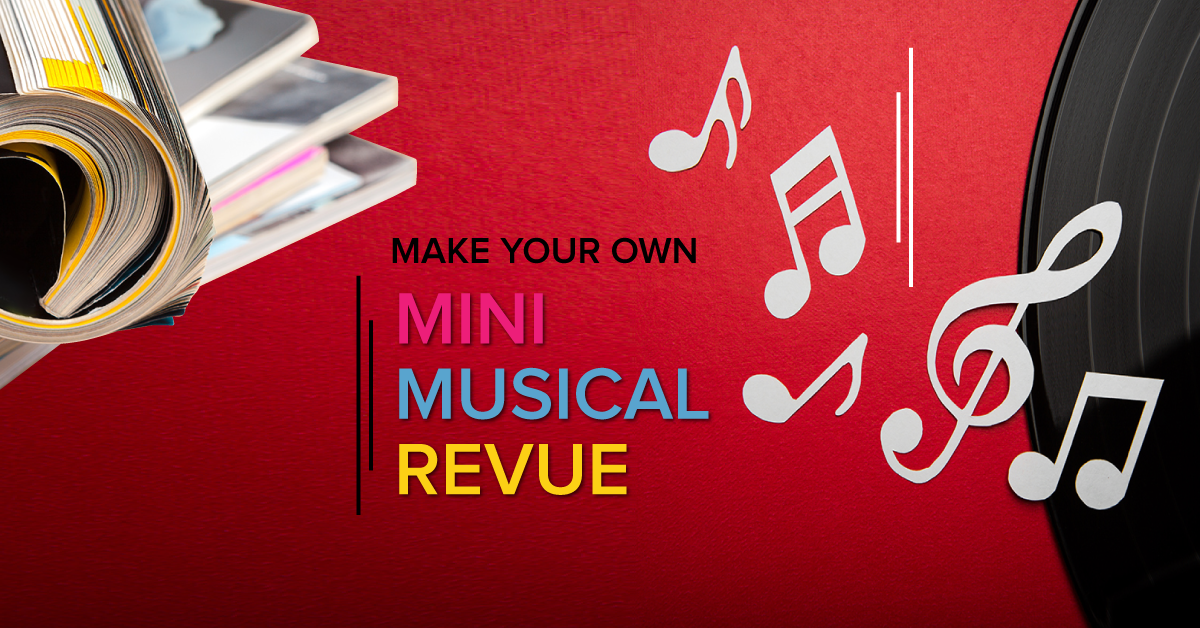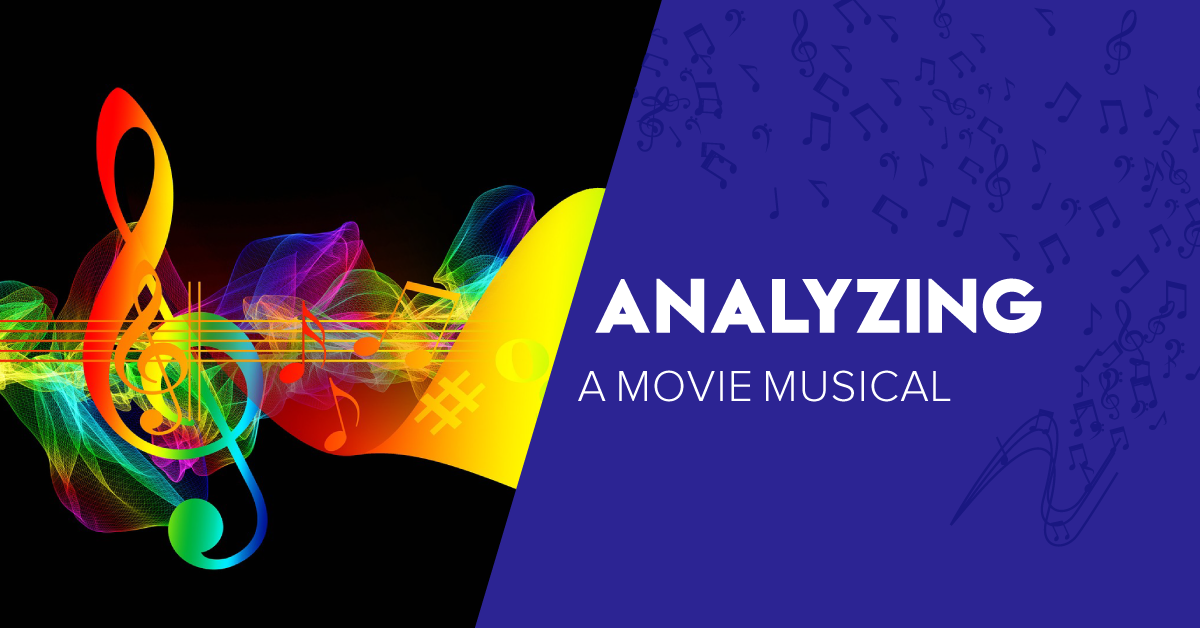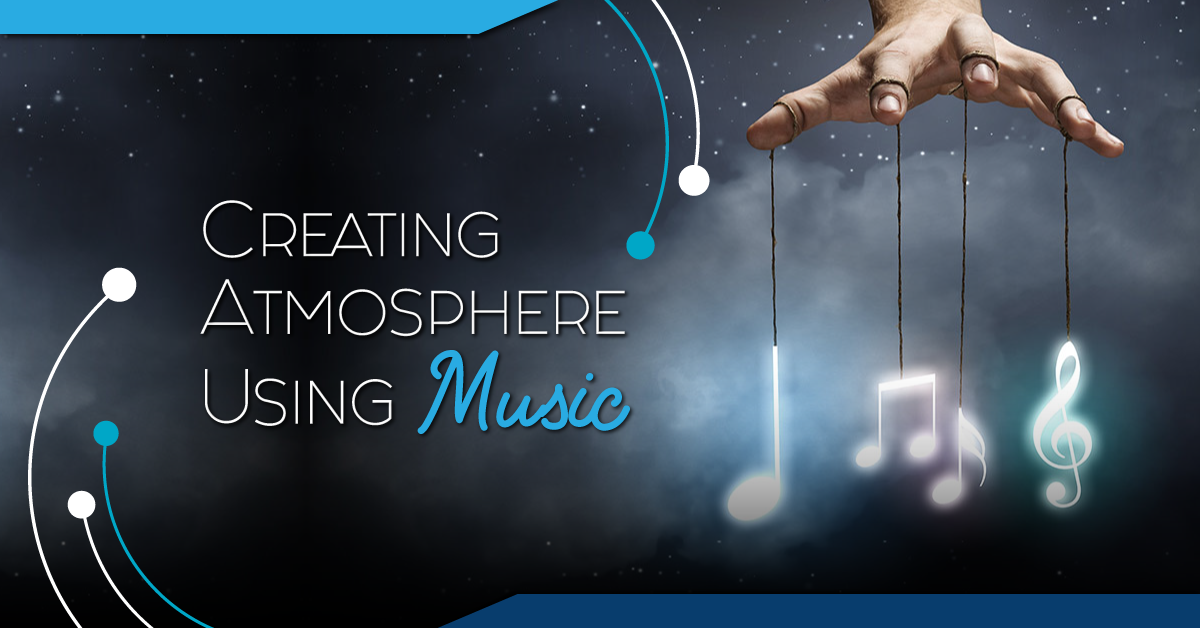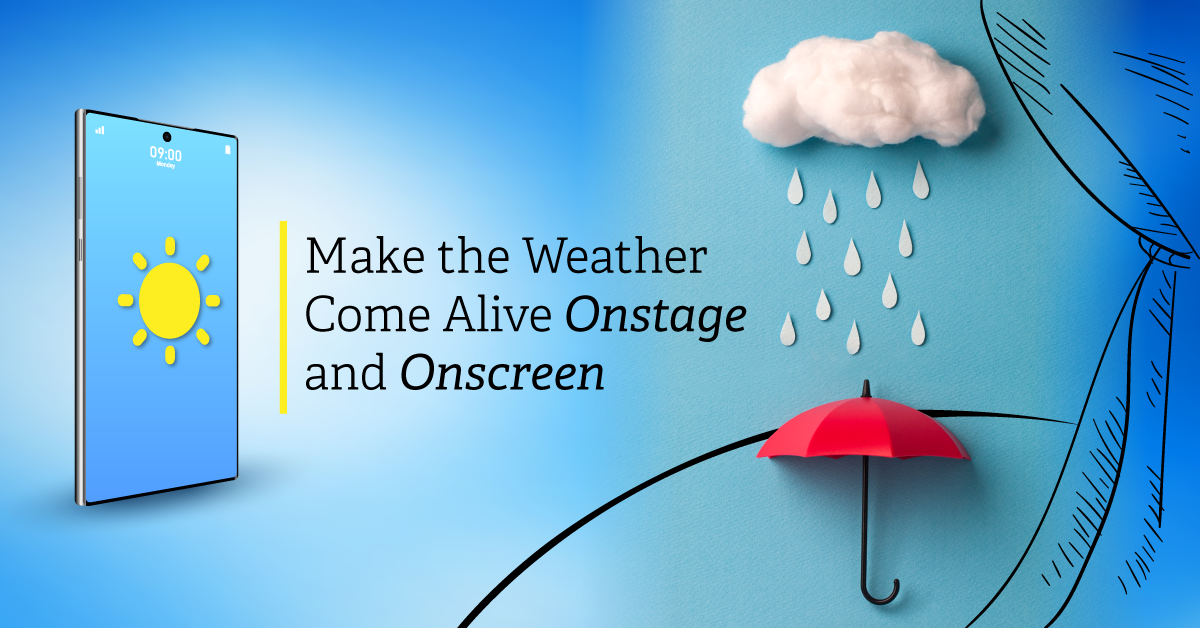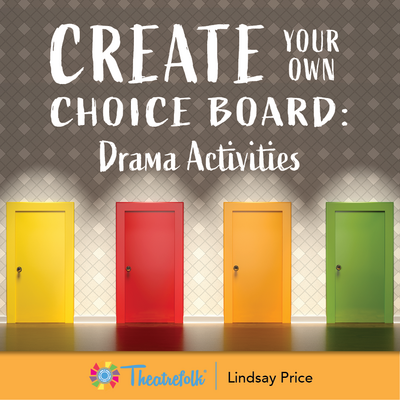Horror Movie 101: Failing Can Be Deadly by Steven Stack is a chilling mix of horror and humor - perfect for student performers and the spooky season! 👻
Make Your Own Mini Musical Revue
First things first: what is a musical revue? A musical revue is a style of musical theatre that combines singing, dancing, music, and sketches. The material included in the revue focuses on a particular theme. Some musical revues feature a single musical artist (such as Smokey Joe’s Café, which features the music of Leiber and Stoller, or Side by Side by Sondheim), while others include pieces by many different artists. Some musical revues have a loose storyline, but the overall theme is the main focus. Musical revues are wonderful for schools to create and perform, because the musical choices can be tailored to fit the skills and talents of the students involved.
The following exercise challenges students to plan their own mini musical revue, and can be done via distance learning or live in class. Students will decide on a theme, choose the songs and the song order, and “dream cast” the show with performers. Performing is not required, but if desired, a performance option is included at the end of the instructions.
Instructions:
1. Introduce the topic of musical revues to your class (feel free to use the definition above). You may wish to show example videos or audio clips of some musical revues, such as Smokey Joe’s Café, Side by Side by Sondheim, Putting It Together, Red Hot and Cole, The No Frills Revue, Jerry’s Girls, A Grand Night For Singing, or Ain’t Misbehavin’. You may also want to discuss the differences between a musical revue and a jukebox musical, which also uses pre-existing songs but focuses on a full storyline (such as Rock of Ages, Mamma Mia, Head Over Heels, or American Idiot).
2. Have students select a topic or theme for the focus of their own musical revue. Some topics might include:
-
- Young love
- Heartbreak
- Songs of a certain era (1950s, 1970s, etc.)
- A tribute to a certain artist or group
- Friendship
- Villain songs
- Funny songs
- Loneliness
- Growing up
- Taking action
Students will need to consider how vague or specific their topic needs to be to work, and how to narrow down a wide topic. For example, if they want to do a musical revue about heartbreak, is that enough to go on? Or do they need to narrow their focus to revenge songs, ballads about broken hearts, or country songs about heartbreak?
3. Each student will choose five songs that go with their topic and select the running order for the songs. Students must describe their reasons for including the song (two to three sentences minimum per song). Students may wish to talk about the lyrical content, the musical style, or how the song makes them feel. For the song order, students need to know why they put the songs in the order they did. Did they put two ballads back to back to create impact, or alternate ballads and up-tempo songs for variety?
4. Students will choose a “dream cast” to perform the songs — a different artist or group per song. The dream cast could be friends, family members, teachers, classmates, celebrities, or musicians — anyone except the original artist. For example, if the student wanted to include the song “Thank U, Next” in their musical revue, they could have anyone sing that song except for Ariana Grande. If they choose a duet song — say, “Seventeen” from the musical Heathers, they would need to cast two performers to sing the two parts. Students may select whomever they feel would be best to sing the song, regardless of age, gender identity, sexual orientation, or race. Students must include their reason for selecting the performer(s) they did for each song.
5. Students will submit their write-ups to the teacher, as well as a brief response to the reflection at the end of this article.
Optional Performance** :** If you are teaching a musical theatre class, or your students really want to perform, you can take this lesson a step further and have students stage and perform their mini musical revues. Students will form small groups and either use a musical revue that one of them created from the exercise, or create a new mini musical revue on a new topic. Each student must perform at least one of the songs (students may have to perform more than once depending on what songs were chosen, like if duets or group songs were included). Students should record themselves performing at home and submit their videos to the teacher, along with the running order. If your students are technically inclined, have them edit the videos together in the proper order. Have students include a written exit slip response that answers the following question: How did you determine which group member would perform each song?
Related Articles
Create Your Own Choice Board: Drama Activities
by Lindsay Price
Choice boards give students the opportunity to choose how they want to learn a particular subject. Create Your Own Choice Boards: Drama Activities can help encourage your students' independence by allowing them to take an active role in their learning.
Distance Learning
by Christian Kiley
A play about trying to survive and thrive in a virtual classroom.
